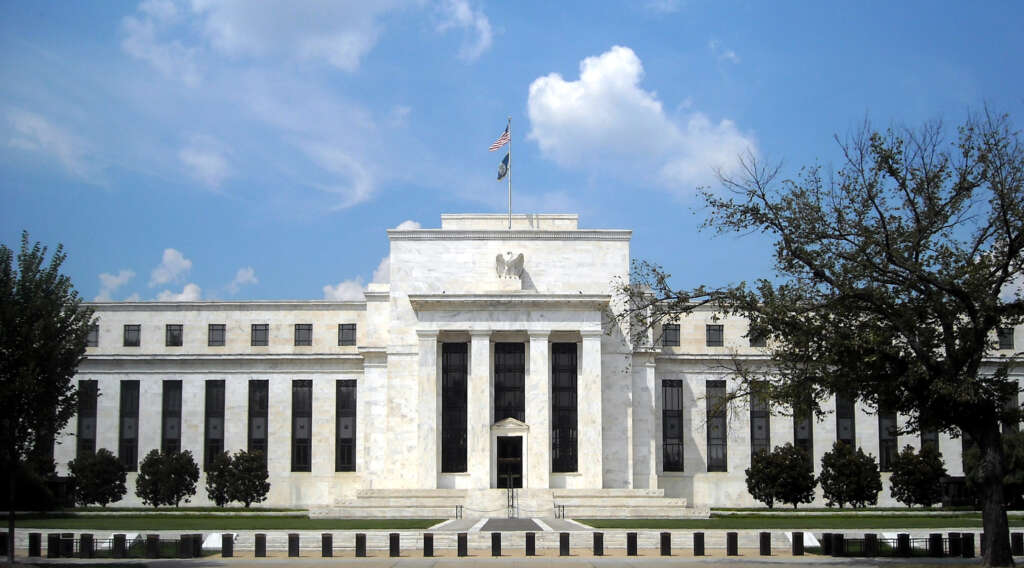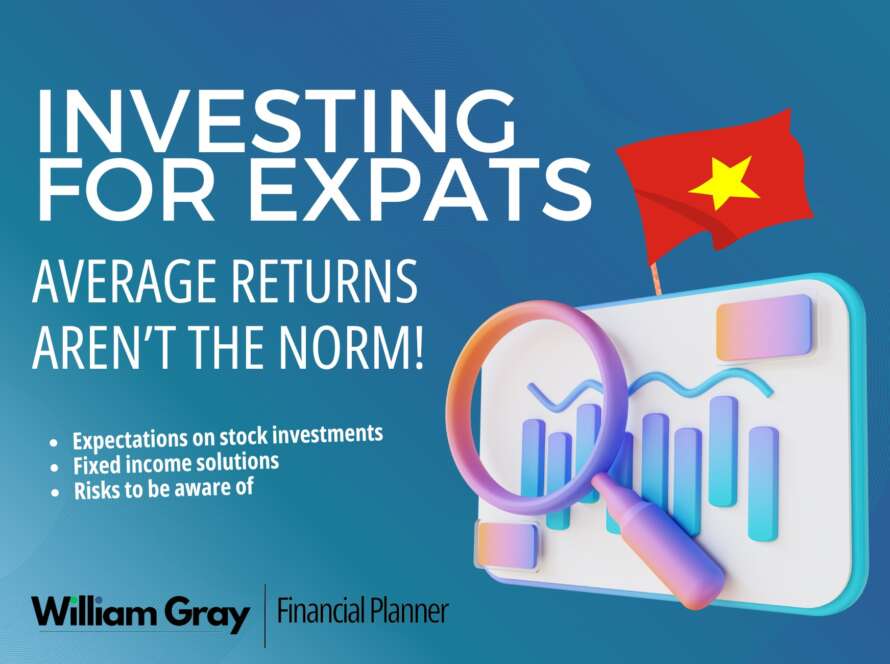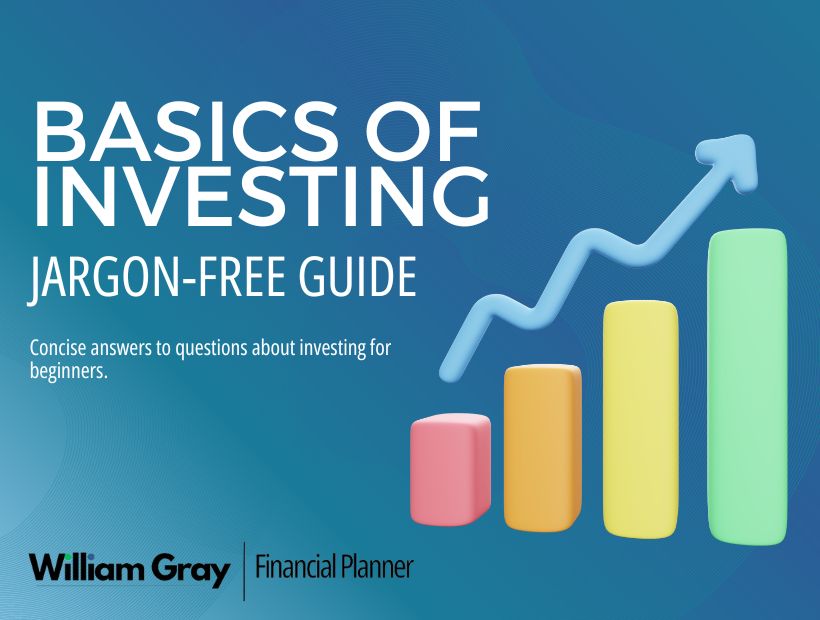Let's take a look into how interest rates work and why they rise...
The 2020s have been marked by the pandemic, technical difficulties in Zoom calls, rising inflation and interest rate hikes. But what causes interest rates to rise? This article aims to answer this question without any jargon.
How Do Interest Rates Work?
In plain English, interest rates are the cost of borrowing money. On one side the borrower is paying for the ability to make a large purchase now instead of having to wait years or decades, and on the other side the lender is rewarded for the risk they take on.
Money is worth more now than in the future due to inflation, so if a borrower can buy a home now, they’ll be paying a lot less than in 10 years time. This makes it worthwhile to pay interest for a loan. But it’s also a double-edged sword.
The money the lender is giving out is also worth more now than when the borrower eventually repays it, so the lender requires the borrower to give them something (interest payments) to compensate for this. There’s also the risk the borrower will simply never repay the loan!
Who Sets Interest Rates?
Interest rates are set by central banks. In most developed countries, the central bank is independent from government. This independence is essentially to stop a political party promising to lower rates in order to win elections, and is widely considered one of the cornerstones of a functioning democracy.
Central banks determine a country’s monetary policy, which is how the central bank uses interest rates, currency reserves, and actions within the financial markets to influence how an economy functions on a macro level.
As a country’s economy booms, more demand for goods and services pushes the prices up. This is known as inflation. There are various forms of inflation – cost push inflation is another form where prices rise due to increases in materials and labour for production.

Why Do Central Banks Raise Interest Rates?
Rising prices can spiral out of control, meaning people’s money and savings are worth less every day. In extreme cases like in Venezuela, Argentina, and Zimbabwe, this can break a nation’s economy. People’s savings become worthless and the incentive to work productively is gone. This obviously leads to massive unrest.
Higher interest rates force people to slow down spending as their debts are now harder to repay. This also affects businesses who can no longer cheaply borrow to expand and hire. This means they slow down production and also struggle to repay debts. This often increases unemployment as businesses are forced to slow expansion and get rid of their staff.
All of this is painful and the slowdown in growth is known as a recession.
As the economy slows, demand for goods and services is reduced as people spend less to focus on keeping their heads above water. This reduces inflation as prices stop increasing.
When Do Central Banks Reduce Interest Rates?
Once the economy is back to normal, central banks can reduce interest rates. In the 1970s in the US, the Federal Reserve raised rates to fight inflation, then reduced them too quickly, leading to inflation booming to 14%.
This is why central banks are taking their time to reduce rates. Yes it’s painful for ordinary people who are struggling to repay their mortgages. But it is necessary to prevent a much worse scenario. So:
- Lowering interest rates boosts the economy
- Too much heat in the economy causes high inflation
- Central banks increase interest rates
- High interest rates reduce inflation
- Lowering interest rates then boosts the economy again
- (bonus round: politicians then announce they’ve solved capitalism’s “boom and bust”)
2008 Global Financial Crisis: Rates at 0.1%
The global financial crisis (GFC) in 2008 caused incredible stress on economies around the world. The risks of societal destruction were very real. This led central banks around the world to use all the tools they had to stop their economies from entering a death spiral.
They reduced interest rates – often to near 0%.
But it wasn’t enough.
They pumped money into the economy, buying bonds and other financial assets and injecting their reserves into the economy – a policy known as quantitative easing (QE).
That worked.
It also led to a decade where it was basically free to borrow money and the government was throwing money at everything, leading to stock market booms and an entire generation of young people assuming that 5% interest rates are critically high (they aren’t…).
This is not normal economic behaviour and made it very easy for a lot of businesses to raise money because it was so cheap to borrow. Many of these businesses probably shouldn’t have been funded.
As rates rise, the tide goes out so to speak, and in the words of finance-Gandalf Warren Buffet “only when the tide goes out do you learn who has been swimming naked.”
Rates rise, chaos ensues. The businesses that aren’t good enough to survive commercially will fail, and the best are left behind. #capitalism

So When Will Interest Rates Go Down?
Central banks, including the US Federal Reserve and the Bank of England, have been eyeing rate cuts with rumors of September cuts on the table. The European Central Bank (ECB) recently made its first rate cut. Governments want to boost the economy and people don’t want to suffer while repaying their debts, so the pressure is on to lower rates.
That said, the example of the 1970s where premature lowering of interest rates caused runaway inflation leading to… much higher interest rates… should be considered.
Analysts are somewhat divided on what the next decade will look like with regard to the cost of borrowing money.
I hope that this article has given you a better understanding of how interest rates work, why they’re raised, and what the consequences can be.
If you have any further questions, feel free to reach out. If you’re an expat living in Asia and would like to discuss your own finances and make a plan to build savings and wealth that can withstand future changes in the economy, then book an appointment using the button below.
Thanks,
William Gray | Financial Planner for Expats.


